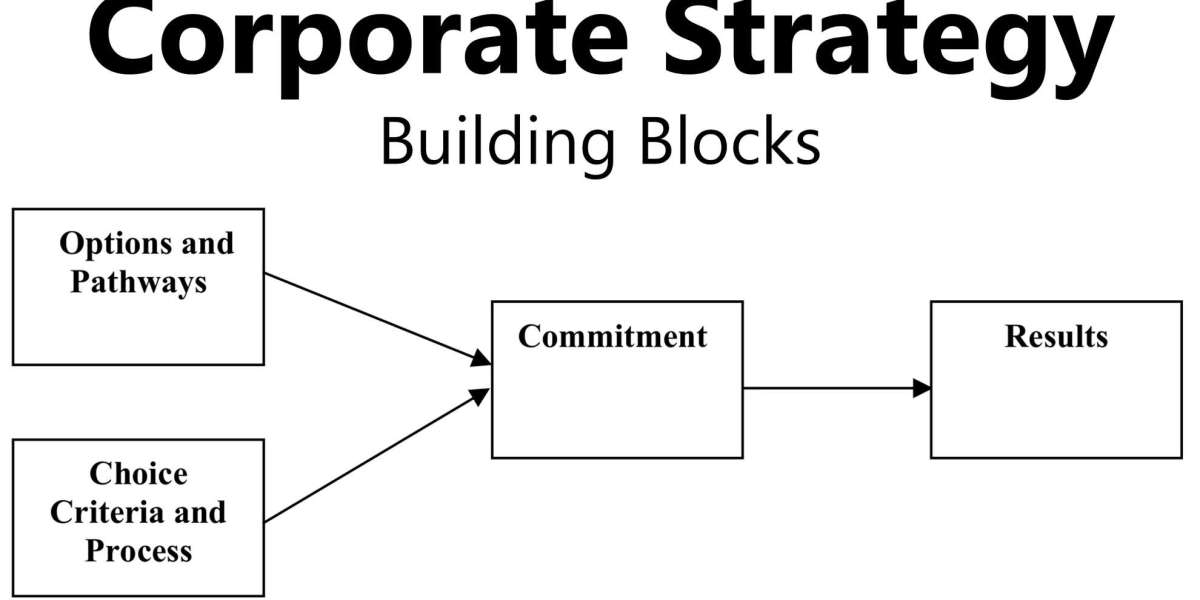In the world of materials science and industrial chemistry, antioxidants are essential additives that protect polymers, lubricants, and fuels from degradation caused by heat, oxygen, and mechanical stress. Among them, aminic antioxidants stand out for their ability to provide long-lasting, high-temperature protection. These high-performance stabilizers are used across automotive, aerospace, industrial, and manufacturing sectors to ensure longevity, durability, and performance of critical systems.
The global aminic antioxidant market is poised for sustained growth, driven by rising demand for high-performance lubricants, polymer stabilization in extreme environments, and regulations demanding longer equipment life and reduced maintenance cycles.
Aminic antioxidants are a class of secondary antioxidants that function by decomposing hydroperoxides into non-radical, stable products. They are typically used in conjunction with primary antioxidants (such as phenolics) to enhance oxidation resistance, especially in applications involving high thermal loads or extended service life
Key Applications
Lubricants and Greases
One of the largest markets for aminic antioxidants is in high-performance engine oils, transmission fluids, industrial lubricants, and metalworking fluids. These antioxidants ensure thermal stability, reduce sludge formation, and extend oil change intervals by resisting oxidative breakdown at high temperatures.
Polymers and Plastics
Aminic antioxidants help prevent discoloration, brittleness, and loss of mechanical properties in polymers such as polypropylene, polyethylene, and polyamides during processing and use, especially in automotive and electrical applications.
Rubber and Elastomers
In rubber compounds, aminic antioxidants contribute to improved aging resistance, particularly in products exposed to heat and oxygen, such as seals, gaskets, and tires.
Fuel Additives
Aminic antioxidants are used in fuels to improve stability during storage and transport, helping prevent gum and varnish formation in fuel systems.
Market Drivers
Rising Demand for High-Performance Lubricants
Automotive OEMs and industrial machinery manufacturers are pushing for longer maintenance intervals and better engine efficiency, increasing the need for oxidation-resistant formulations using aminic antioxidants.
Booming Polymer Industry
With plastic consumption rising across packaging, automotive, and electronics, there’s increased use of antioxidants to maintain polymer integrity under high-temperature processing conditions.
Environmental Regulations
Governments worldwide are enforcing stricter regulations on emissions, waste reduction, and chemical durability—prompting industries to use stabilizers that extend the usable life of lubricants and plastics.
Emergence of Electric Vehicles (EVs)
EVs still require robust lubricants for components like gearboxes and thermal management systems, where aminic antioxidants help ensure operational reliability under thermal stress.
Market Challenges
While demand remains strong, the aminic antioxidant market also faces a few challenges:
- Volatility in raw material prices, particularly for aromatic amines used in antioxidant synthesis
- Environmental scrutiny around nitrogen-containing compounds and potential byproducts
- Availability of alternatives like phenolic and phosphite antioxidants, which may be preferred in some formulations due to lower toxicity or better color stability
Sustainability and Innovation
Sustainability is an increasingly important factor. While aminic antioxidants are valued for their thermal and oxidative resistance, research is underway to:
- Reduce environmental impact through greener synthesis methods
- Develop non-toxic alternatives for food-contact and sensitive applications
- Create multifunctional antioxidants that combine thermal, UV, and oxidation resistance for broader performance in one additive







